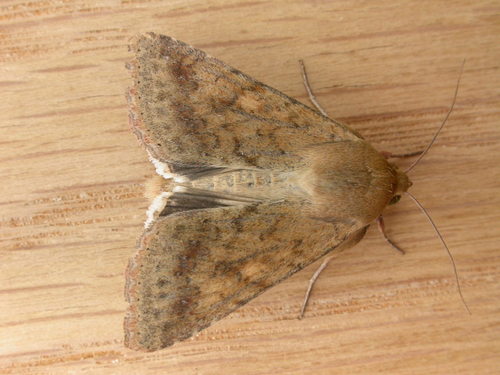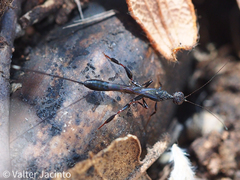Helicoverpa

Helicoverpa is a genus of moths belonging to the family Noctuidae. These insects are widely recognized due to their agricultural importance, as several species within this genus are known to be major pests of a variety of crops. One of the most notable species is Helicoverpa armigera, commonly referred to as the cotton bollworm or corn earworm.
In the Comunidad Valenciana, Helicoverpa species can be found in agricultural regions where they can have significant impacts on crops such as tomatoes, corn, and cotton. Here, they might be locally referred to as orugas de la piel de la mazorca or gusano algodonero.
The lifecycle of Helicoverpa involves several stages, with the most damaging being the larval or caterpillar stage. These caterpillars are known for their voracious appetite, feeding on the fruiting bodies and leaves of host plants.
- Identification: Adult moths typically have a wingspan of about 30-40 mm. Their forewings are usually buff-colored with distinctive markings, while the hindwings are lighter with a dark border.
- Behavior: The larvae are highly mobile and can disperse easily, making control measures challenging. Their feeding habits can cause significant economic losses to farmers.
- Control: Management of Helicoverpa species often involves an integrated approach including biological control, such as the use of natural predators and parasitoids, as well as chemical control when necessary.
Efforts in the Comunidad Valenciana to manage these pests include monitoring populations, promoting sustainable agricultural practices, and educating local farmers on effective pest control strategies.







